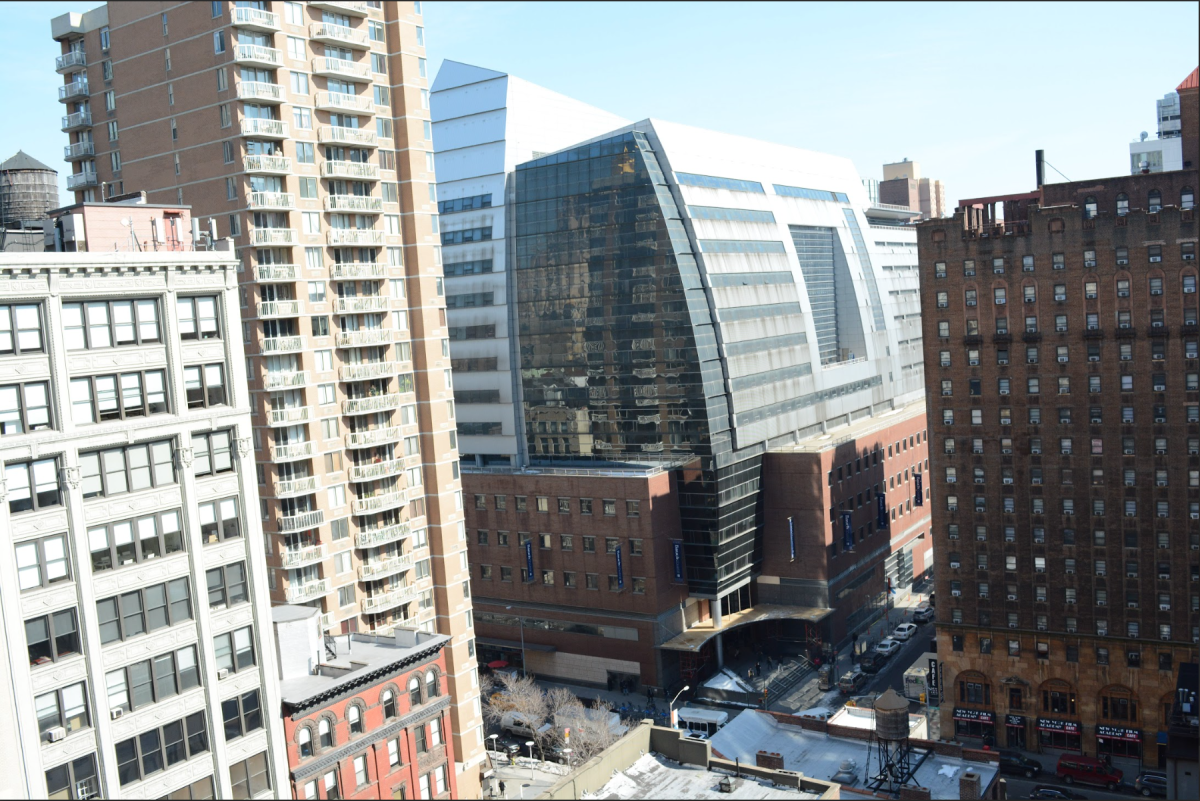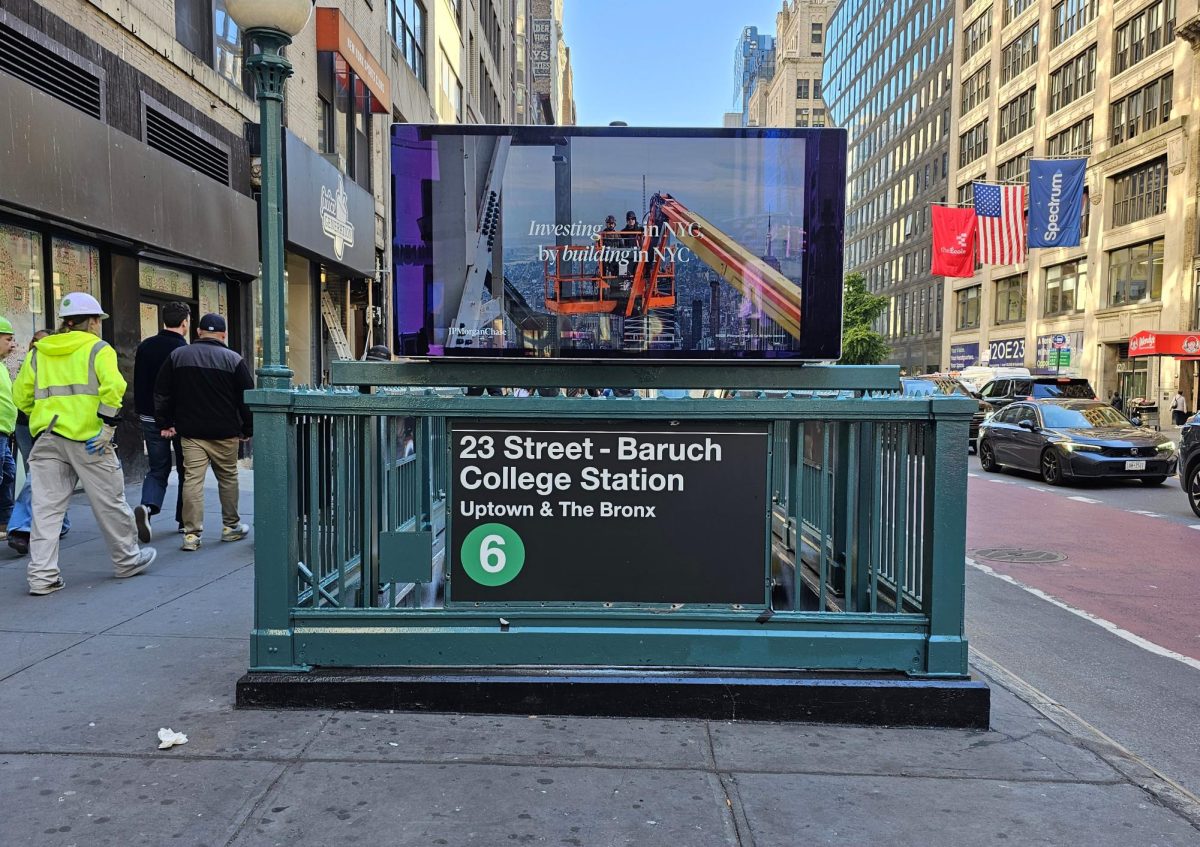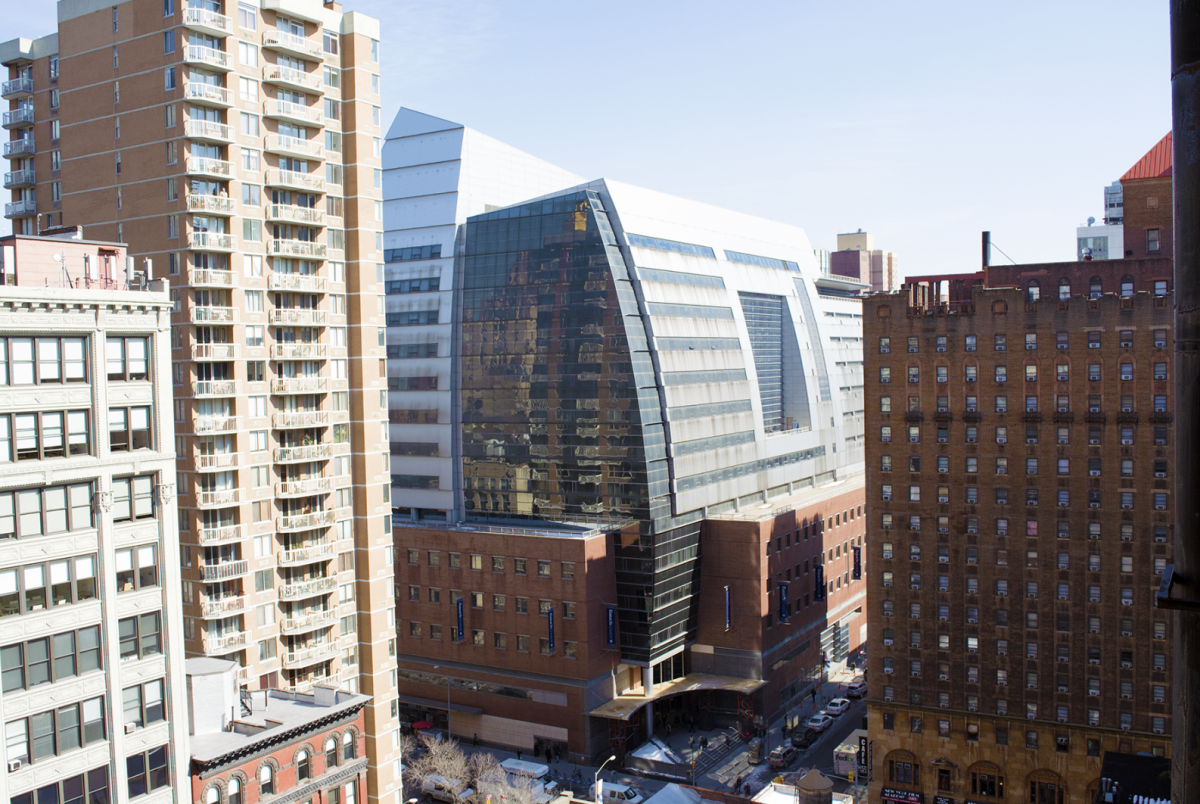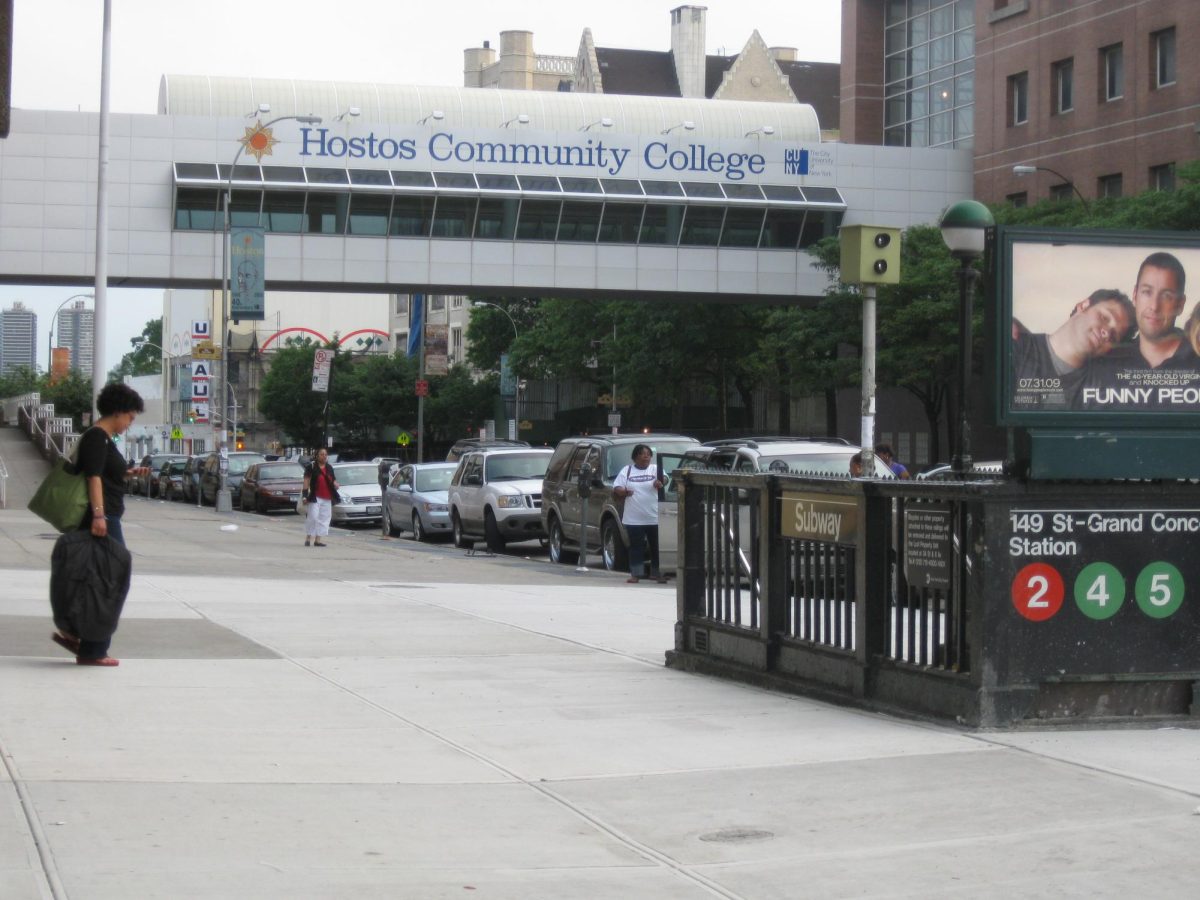A magnitude-4.8 earthquake was felt in New York City on April 5. It shook the entire northeastern U.S., sending rumblings from Philadelphia all the way to Boston. The United States Geological Survey reported the epicenter to be near Whitehouse Station, New Jersey, about 40 miles west of NYC.
“I felt utterly in shock,” said Tasnima Chowdhury, a sophomore at Baruch majoring in Operations Management. “I could not believe something like this was happening.”
“My desk was shaking,” recalled Alvi Khan, a second year at Baruch majoring in biological sciences. “My professor stopped class because his kid’s school called him about [the earthquake]. It was bizarre.”
There were several aftershocks, with a notable one having a magnitude of 2.2 at 1:32 p.m., near the original earthquake’s epicenter.
According to the NYPD, there were no immediate reports of damage. Nevertheless, travel operations were temporarily halted that morning, with ground stoppages at John F. Kennedy International Airport and Newark Liberty International Airport. By the afternoon, flights resumed as normal.
Baruch acknowledged the earthquake as Vice President for Operations and Administration Alaina Gilligo stated in an email to students, faculty and staff, that since there were no reports of injuries or impacts on campus, classes would continue as scheduled.
NYC Mayor Eric Adams stated that the city did not have any reports of “major impacts or injuries,” but noted that officials will continue to conduct inspections of critical infrastructure.
NYC officials were slow to respond, sending out a beeping emergency text alert 26 minutes after the tremors. This isn’t the first time the Adams administration has sent out delayed responses for citywide emergencies. He was denounced for not giving adequate warnings to NYC residents for the flooding and wildfire smoke incidents last year.
Since 1957, the USGS has recorded 188 earthquakes with a magnitude of 2.5 or higher within a 250-mile radius of NYC. In terms of severity, the April 12 earthquake ranks third among all 188.
Earthquakes are not a particularly new phenomenon to the city, but the magnitude is a cause of concern, especially when considering New York’s ability to withstand more severe natural disasters in the future.
NYC’s building code was revised in 1995 with earthquake safety provisions being added, but this came after most of the city’s one million buildings were already built. More than 200,000 multifamily buildings were built before the 1930s, and these structures are made of unreinforced brick.
The city notes that buildings made of this material are more susceptible to collapsing during an earthquake.
Justin Ramjohn, a Baruch freshman, was concerned about structural issues. “The subway in New York features old infrastructure that has numerous leaks, construction sites and overall flaws,” he said.
“What would happen if the earthquake had caused the underground transit system that makes up most of NYC to collapse? I can only question New York’s ability to handle earthquakes with such outdated infrastructure.”
Gov. Kathy Hochul, however, is not worried. “Fortunately, here in the state of New York, we are masters of disasters,” she said. “We know how to handle this.”















